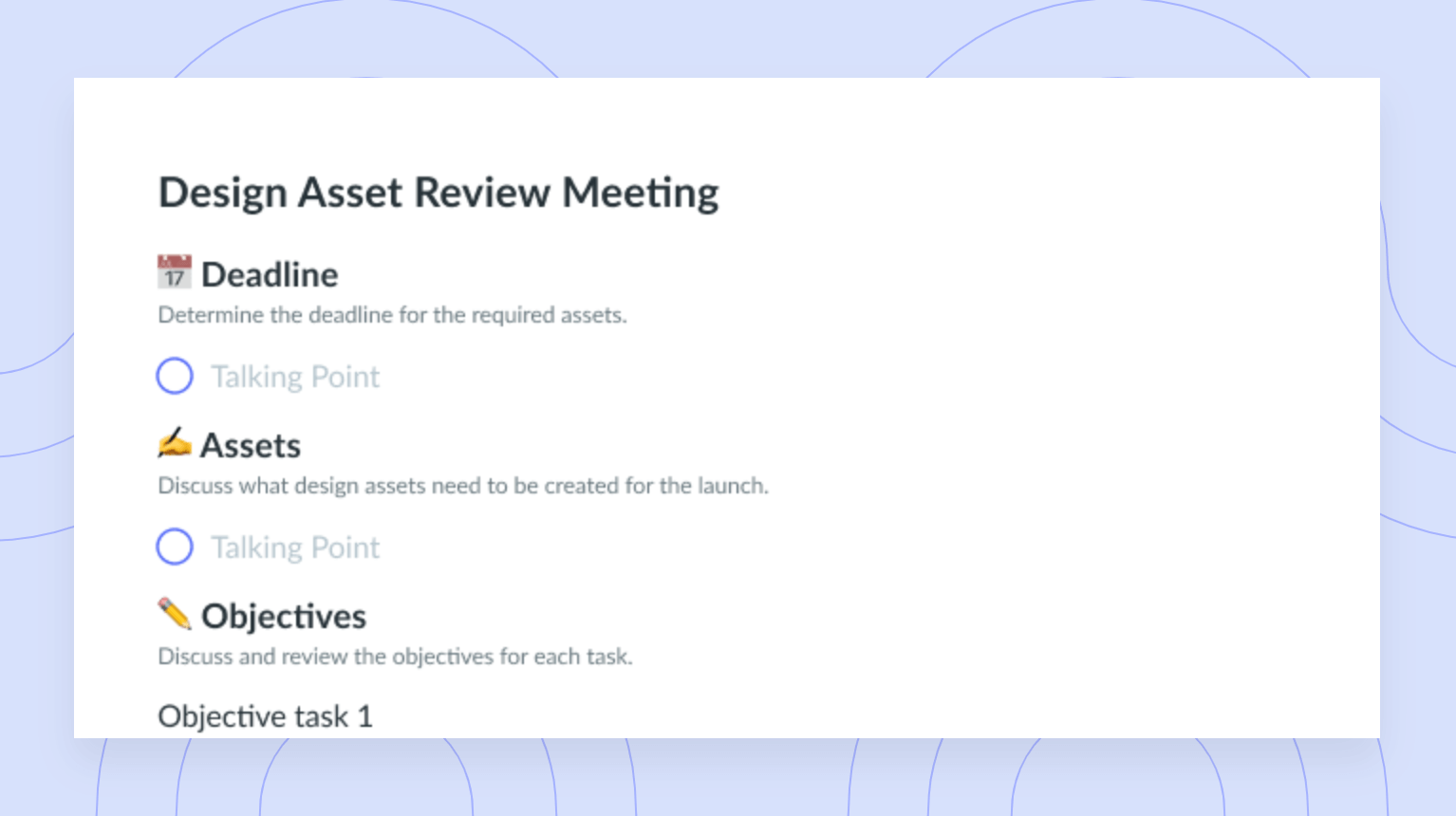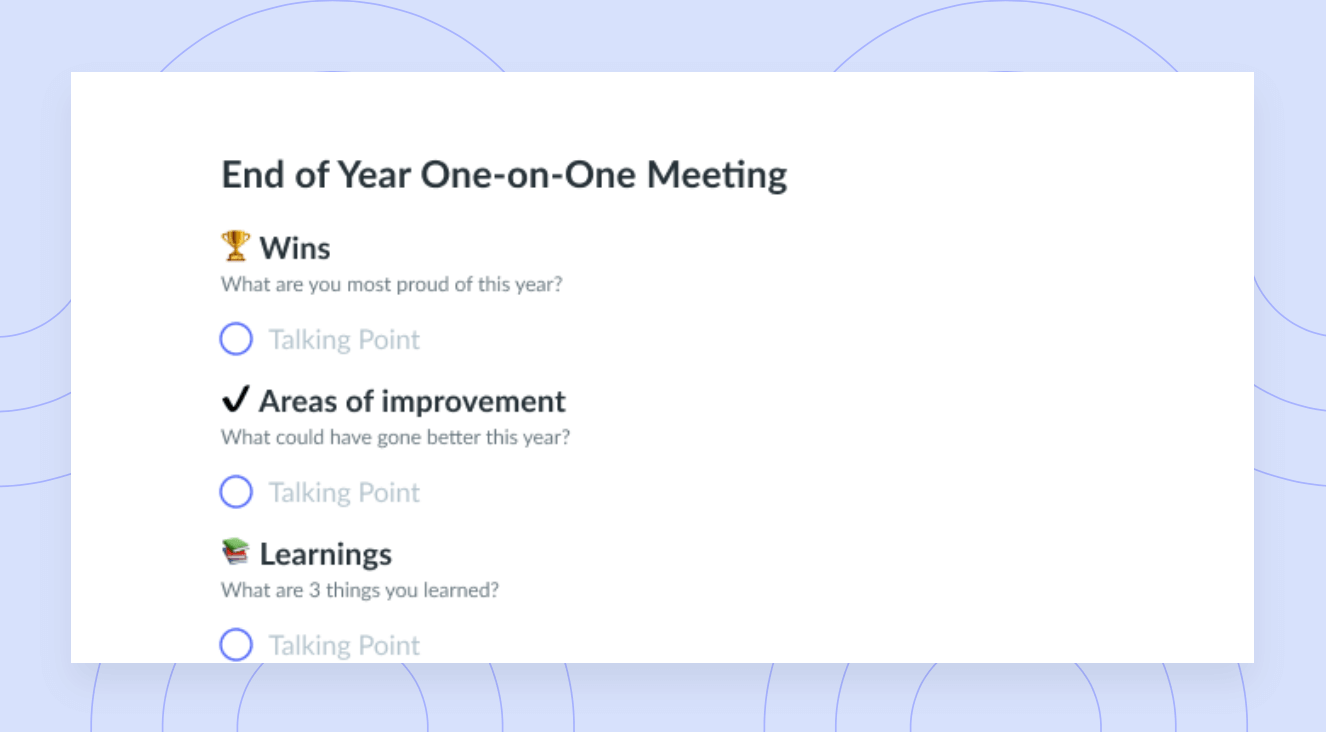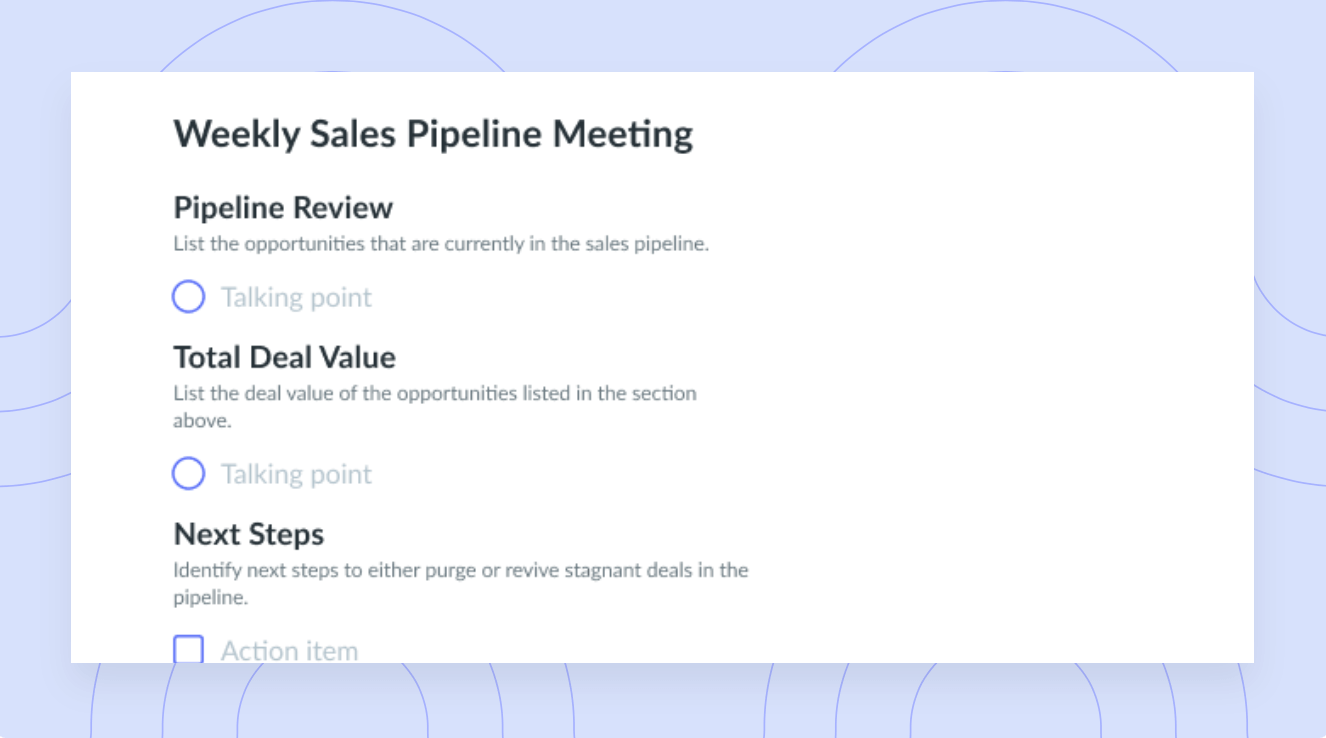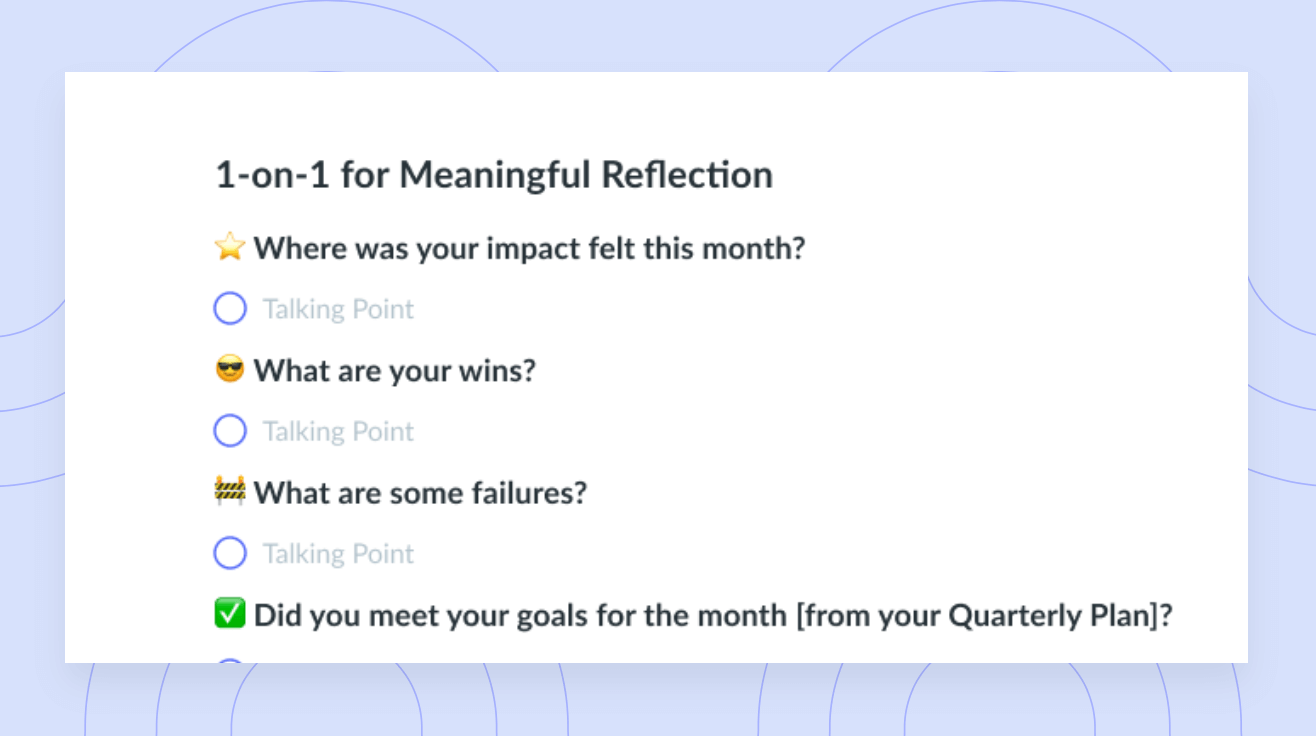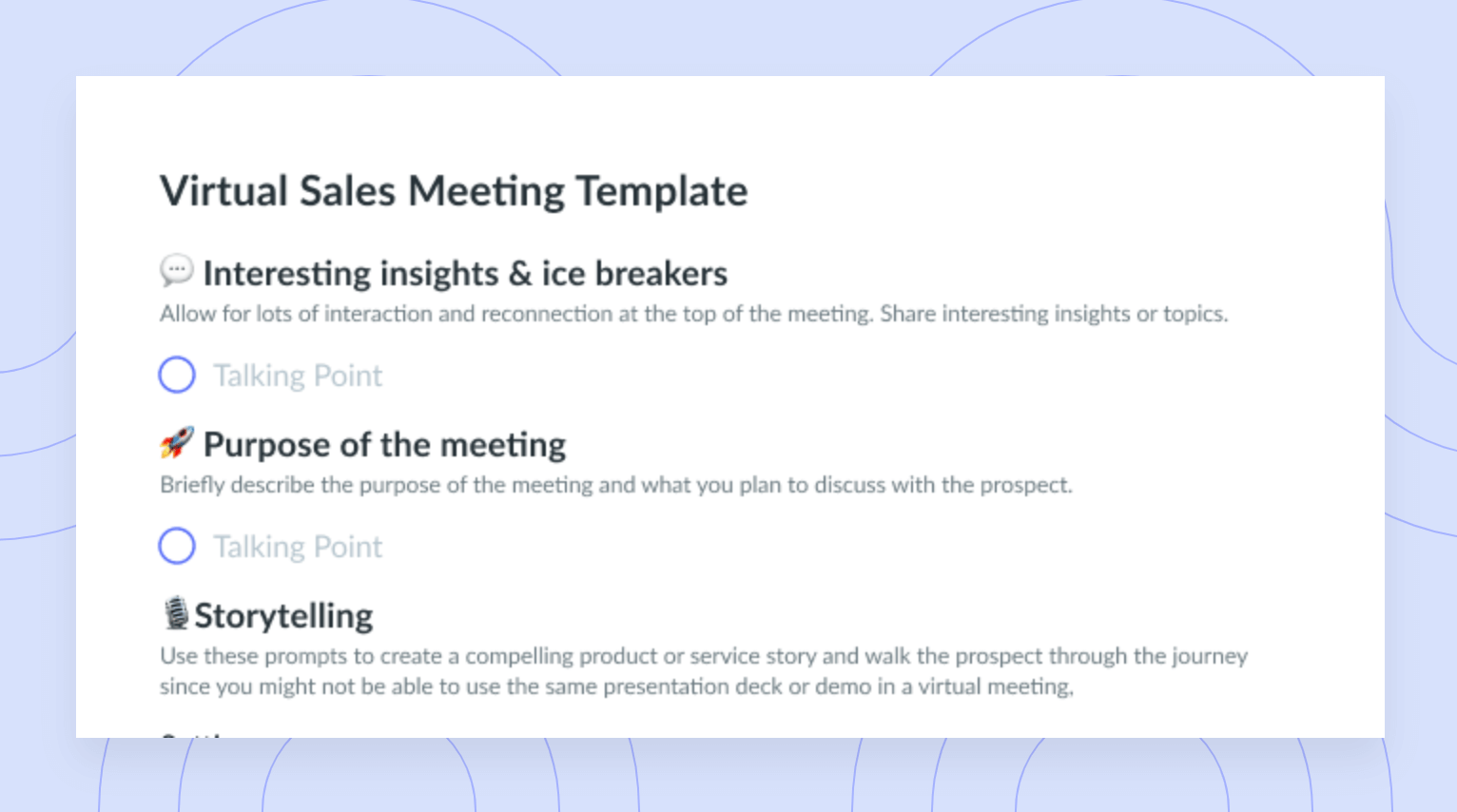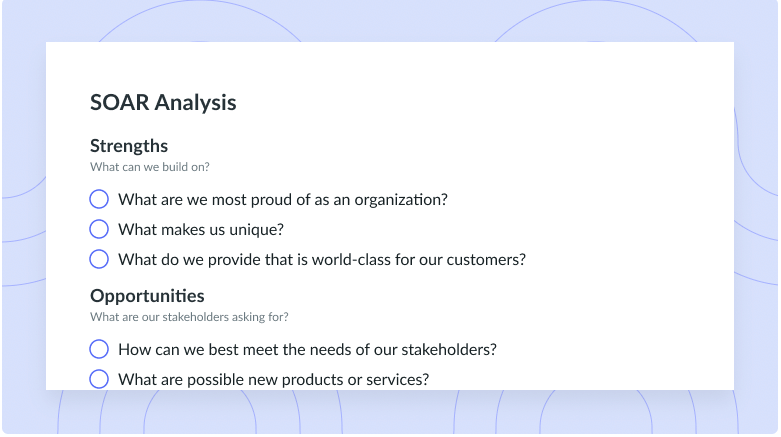Sam Zaid: Hiring Exceptional Leaders and Implementing Concrete Operations
How the Founder and Executive Chairman at Getaround hires leaders that build successful organizations.
Sam Zaid is an engineer and entrepreneur with a proven track record for founding multiple tech-based businesses including Getaround, the leading marketplace for peer-to-peer car rentals, Apption, and 360pi. Currently, Sam is the Founder and Executive Chairman at Getaround where he continues to make waves as E&Y Entrepreneur of the Year, a Microsoft Code Award winner, and a Google Scholarship recipient.
Listen to this episode (or read the transcript below) to learn about the qualities and characteristics that Sam looks for in a talented leader.
1 Who was the first manager that you reported to?
I haven’t had many managers in my career because I haven’t had many non-entrepreneurial jobs. I think my very first manager would have probably been when I was around 14 and working at Nortel. The company was growing a lot and the internet was really taking off and I was lucky enough to land an internship. I was writing code, learning all kinds of computer stuff, and getting really great real work experience.
I was very young, but my manager was really great. He was very encouraging and gave me open-ended problems to work on. He would go through my code and give me tons of pointers and freedom. I had a lot of room to make mistakes, but he would always make sure to give me constructive feedback. I actually had a manager afterward who was the complete opposite, and it really affected my motivation.
2 How would you describe your leadership style?
I try to be very empathetic and down to earth. I want to work with my team to empower them. I love seeing people deliver excellent work when they may be uncomfortable or feel as though they aren’t ready for the task. I would say my management style is trying to get stuff done while focusing on problem solving. I really want to be a partner and give my team the reins to get the work done. With that being said, it’s important to select the right people that are actually capable of taking the reins.
3 Has your leadership style evolved?
My leadership style has definitely evolved but I would also say that it changes depending on what stage the company is at. If you’re at a start-up you’re going to have to be much more in the weeds. I would say that in general I’ve always tried to be really clear about what I’m asking for from people on my team and I like to know that each person has control over their respective domains. As long as everyone’s doing that, I’m comfortable.
When we were a smaller company, or when I started my other companies, we worked a lot on determining what our priorities were so we could get them done as quickly as possible. As we scale, the company becomes much more structured and hiring leaders that can build an organization and lead with clear expectations becomes a bigger priority. There are people that really enjoy building teams and organizations and these people are generally very strong people managers which is important and when you’re a smaller company you make domain experts and functional leaders a larger priority.
4 How do you go about hiring great leaders?
At the executive level, depending on what layer we’re talking about, the real challenge is finding somebody that can be a great leader while simultaneously being a functional leader or expert. We look for great leaders that have a proven track record for building successful organizations because you can be a functional expert and a great leader, but you may not know how to build a team or rebuild an ark.
Another thing we test for is a person’s ability to get under the hood which means being able to figure out if somethings not working and how to fix it. If they don’t understand why something isn’t working, it’s important that they are able to bring the executive team together in a cohesive way so everyone can collaborate and get to the root of the problem.
I think it mostly comes down to their character. We generally go for people who don’t have a huge ego and do have a lot of humility.
5 Are you militant with your meeting structure?
We’re not overly militant but we do like to stick to time allotments for certain topics. I try to set guidelines when creating an agenda and allocate 15-minute increments to each topic. It can even be broken down into 5 minutes and the intention is that everyone then knows what to expect from the meeting. I find it to be very helpful and it also acts as a reminder for me that I can only engage in conversation for so long.
6 Is there room for creativity and brainstorming when everything is so regimented?
I think you have to use your judgment which is important in any meeting and I think you also have to understand the type of meeting you’re having. Are you in a decision-making meeting? Are you in a strategic meeting? Are you in an informal meeting? Or are you in a brainstorming meeting? And depending on the type of meeting, you set the agenda. But even with brainstorming meetings, you have to stay on track. As one of my Creative Directors always says, “There is so creativity without constraint”. It’s important to still set clear expectations for the meeting so everyone can come prepared and stick to the agenda.
7 How do you decide who the decision-maker is?
We try to run a Raci framework which essentially means you have the recommender, the person who’s recommending the decision, the approvers, the people who are consulted, the viewers, and ultimately the decision-maker. For bigger decisions, we will write out who’s who so everything’s really clear.
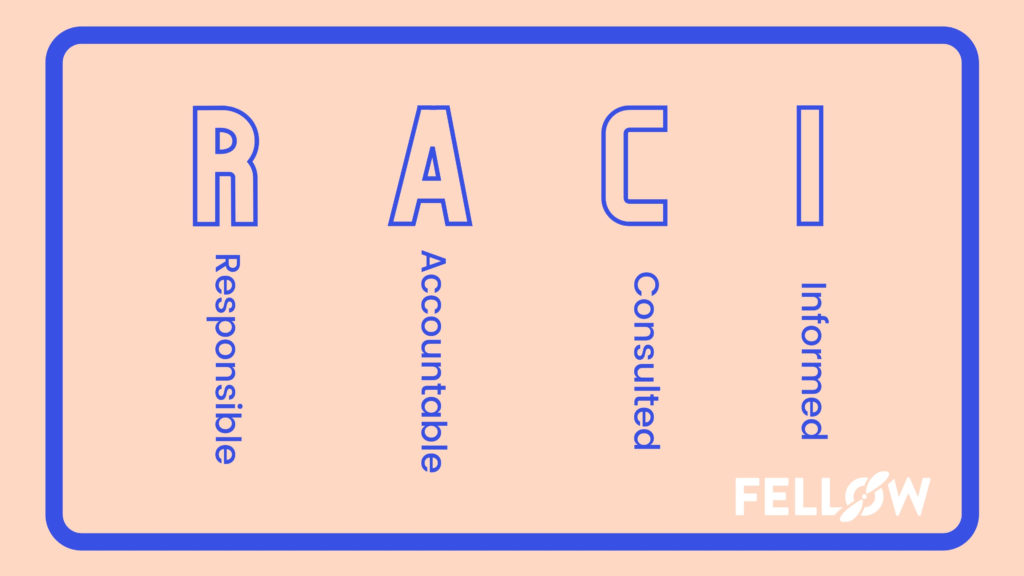
We’re a large company and we need to implement processes and structure to keep everyone informed and this framework helps us make decisions efficiently. This works really well for executives who may not necessarily have the time to be heavily involved because they can get all the necessary information they need, and they can choose how much they want to internalize without having to go get the information themselves.
8 How do you operationalize your standards?
I think it’s really about being disciplined and determining who’s responsible for what. Who is going to be the best decision-maker? Who is going to be the best at recommending solutions? Etc. Once we’ve determined all of those details, we can then move forward with booking a meeting. It’s also important to clearly document the entire process so that no one loses the institutional memory when somebody leaves, or somebody forgets, and we usually do this by keeping everything in a Google Doc template.
9 Do you have any resources or recommendations for leaders who are looking to get better at their craft?
I think one major thing is hiring leaders who are better than you because you can learn a lot from them. There are a lot of folks that come from great companies that have great processes and structures and philosophies, and they can bring forward a ton of value. A little bit about being a leader is not having a huge ego and being able to learn from others. It’s important to recognize that you might not be the best at everything and that’s ok.
Another tip is to surround yourself with a solid advisory, an executive coach, or even just someone that might have a different perspective than you because you’re always going to be focused on one thing as a founder, CEO, or manager and they may provide you with a different perspective.









